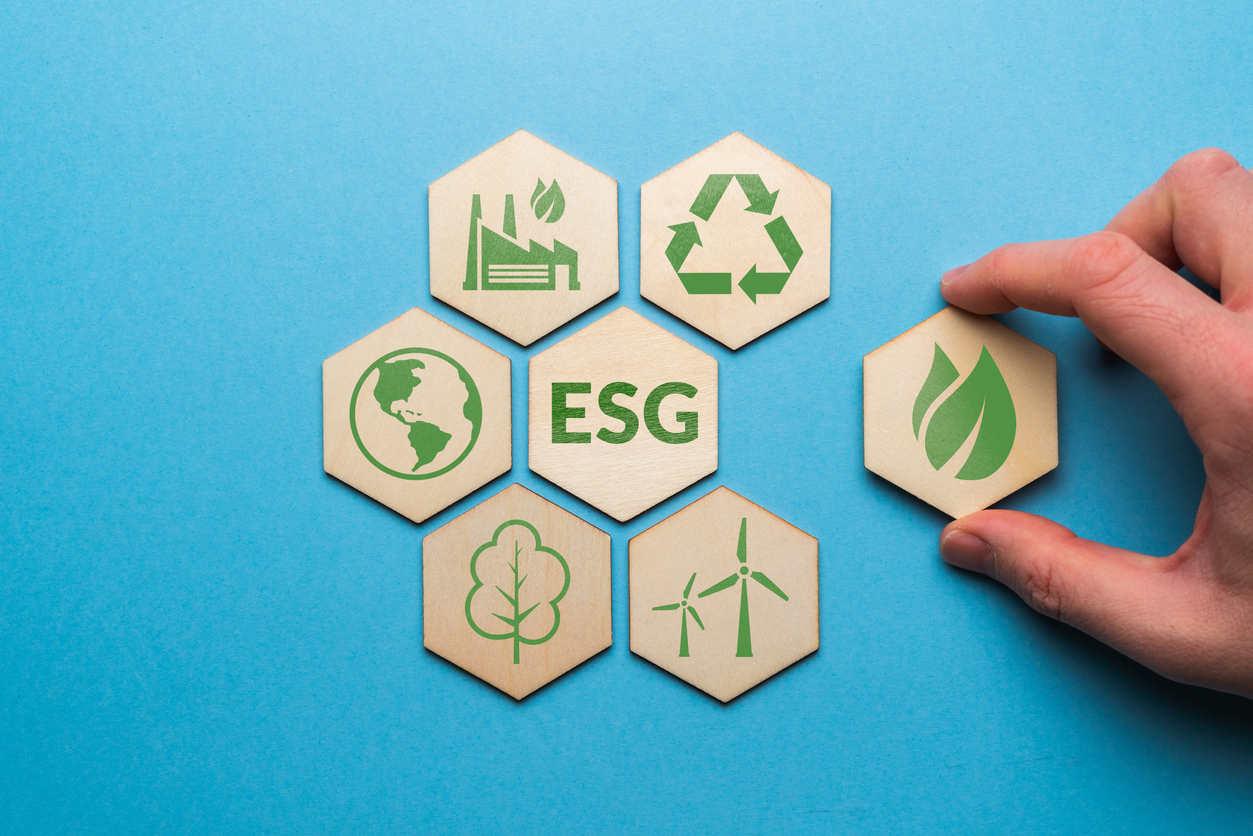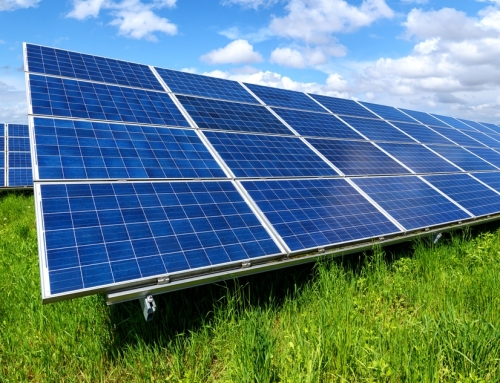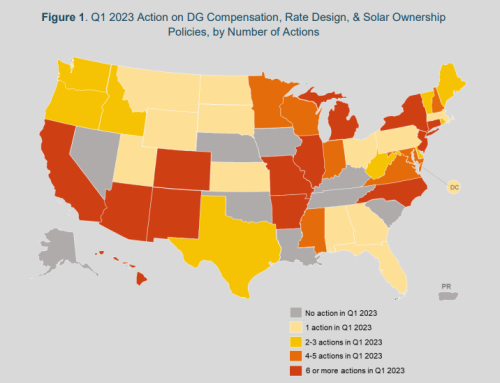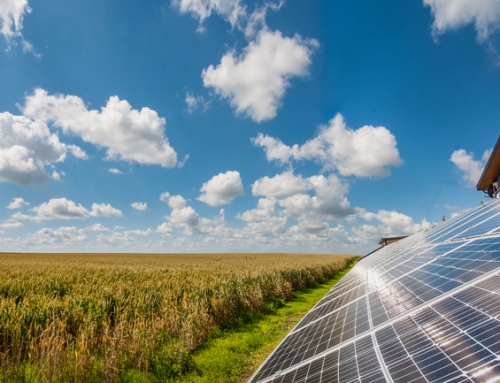By Jeff Dyra | May 31, 2023
As mentioned in our previous article, ESG mandates are broken down into three categories or ‘Scopes’ to classify the different types of emissions. Understanding each scope is an important step in meeting your ESG goals.
Let’s take a deeper look into Scope 2!
Scope 2 emissions are indirect emissions used for the building’s daily operations. This includes purchased electricity, steam, heating, and cooling. An example of a scope 2 emissions would be fuel combustion emissions created at the plant that generated the energy for the air conditioning unit, furnace, or manufacturing machines.
Even if the business does not own the source that generates the scope 2 emissions, like using natural gas or electric, these indirect emissions should still be considered in the overall measurement.
There are two ways to report scope 2 emissions:
- Location-based – Average emissions from the electric grid in your area
- Market-based – Contracted/purchased through a supplier
Common ways to lower or offset emissions:
- Purchasing RECs (Renewable Energy Credits)
- On-Site Solar
- PPA (Power Purchase Agreement)
- VPPA (Virtual Power Purchase Agreement)
If you want to learn more about how to offset your business’s emissions, one of our energy and efficiency advisors can help determine which option is best for your business’s needs.










Leave A Comment